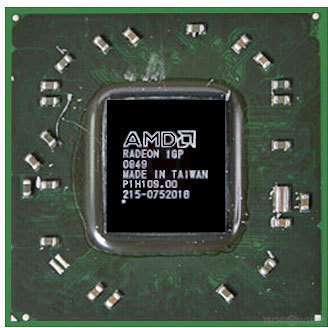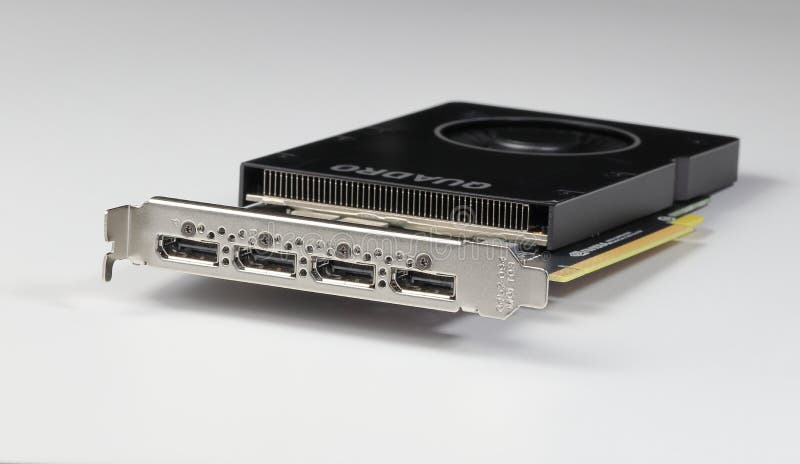

One of the vector units in each set of five could handle special functions such as transcendental operations. New VLIW4 shader architecture: The last several generations of AMD graphics chips used a VLIW5 architecture (that is, a five-way Very Large Instruction Word vector unit in each stream processing unit). This type of antialiasing can improve image quality with a pretty small impact on performance. It’s functionally similar to Nvidia’s “CSAA” modes in that it adds a set of coverage samples to the usual number of color samples. In the 6900 series, AMD has added Enhanced Quality AA. This post-processing effect antialiases everything on the screen, but can make the image appear slightly softer as a result. New antialiasing modes: In the Radeon HD 6800 series, AMD introduced a new antialiasing mode called Morphological AA. This will be an interesting function for overclocking enthusiasts to play with, but it has even bigger implications for the future, when this architecture eventually finds its way into AMD’s “APUs” (combination CPU and GPU). You’ll find a new slider in the Catalyst Control Center that lets you tweak the maximum thermal threshold at which PowerTune will kick in and slow down the card, from -20 percent to +20 percent. Most graphics cards have to set the clock speed conservatively for the worst-case scenario of an application that strains the GPU and makes it run especially hot.

The new PowerTune feature of the Radeon HD 6900 cards sort of works like that, but in reverse: The core clock speed is set very high, and if the chip starts to run too hot, PowerTune lowers the clock speed in small steps until it’s back at a safe level. PowerTune technology: CPUs from Intel and AMD have a “turbo” feature that can crank up the clock speed a bit if the chip happens to be running beneath its rated thermal threshold. (Tessellation is a DirectX 11 feature that breaks up large polygons into lots of smaller polygons, to add detail or to smooth the edges of 3D models.) Here’s a breakdown of some of the new features in the Cayman GPU found on the Radeon HD 6900 cards. This design should dramatically improve performance in geometry-intensive applications, particularly those that have a lot of tessellation. The chip features two “front-end” graphics engines, with two thread dispatch processors, two geometry tessellation units, and two vertex processing engines.
How many ports on a ati radeon hd 4250 card series#
The architecture of the Cayman GPU is fairly new, with quite a few changes from that of the Radeon HD 5000 series and Radeon HD 6800 series. An Nvidia shader unit is also larger, and therefore not as many of them are present in the GPU. Due to the different way the Nvidia and AMD chips are designed, a single shader unit from Nvidia is capable of doing more work than one in AMD’s chip. Note, too, the discrepancy between the numbers of shader units for the AMD and Nvidia cards in the chart above that discrepancy exists because the numbers are not directly comparable. Note that the Radeon HD 69 feature 2GB of RAM, a step up from the 1GB we usually see on AMD cards the extra RAM will help in intensive games running at high resolution. It features a lot of texturing power and high clock speeds, but fewer render back-ends than Nvidia’s cards have. Nevertheless, they offer good power efficiency for their class, as well as lots of other interesting features.Īt almost 400 square millimeters, the GPU powering AMD’s new graphics cards is the largest the company has produced in a long time, but it’s still about 26 percent smaller than the GPU in Nvidia’s latest cards.

Both the Radeon HD 6970 and the Radeon HD 6950 are quite long, too, and won’t fit in smaller PCs (as is often the case with high-end enthusiast cards). Anyone hoping that AMD would reclaim the absolute speed crown from Nvidia will be disappointed. The Radeon HD 6900 series cards are certainly fast, though the 6970 doesn’t always fare better than the Nvidia GeForce GTX 570 against which it is priced to compete. AMD has redesigned the shader units for improved efficiency, greatly enhanced geometry performance, and employed a whole new power-management system. Code-named Cayman, this new GPU doesn’t merely take the architecture of the Radeon HD 6800 series and scale it up rather, it makes significant architectural changes. Instead of its usual tactic of addressing the higher end of the market with a graphics card containing two of the GPUs powering the Radeon HD 6870 (a chip code-named Barts), it is using a single, larger, more-powerful new GPU. AMD is trying something new with its Radeon HD 6900 series of graphics cards.


 0 kommentar(er)
0 kommentar(er)
